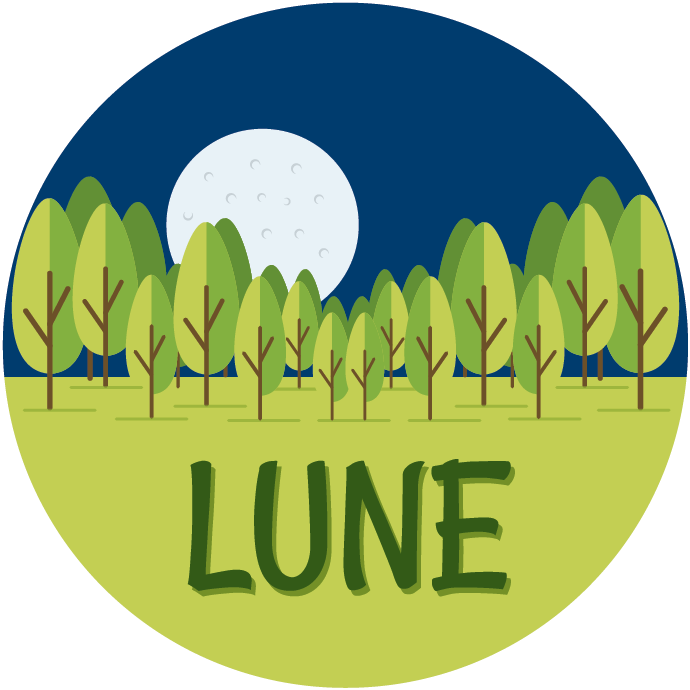
The Problem
Today’s common street lanterns use light bulbs that emit many blue tones of light – such as mercury-vapor, metal-halide, or sodium-vapor lamps. The fact that such illumination has a longer range due to its larger wavelength and smaller frequency in comparison to yellow or red light, makes regular lanterns attract too many insects (up to 90 % more than the best).1 Once they are lured by the blue light, insects become disorientated, die in the heat of or fly against the light bulb as well as they turn into an easy target for predators.
Our Solution
Replacing the blue light emitting light bulbs (color temperature around 5000 K) with insect-friendly light-yellow LEDs (between 2700 K and 3000 K) which have the fewest number of blue tones in their luminous paints.2
- Pendel, M. (2010): Die Auswirkungen von künstlichem Licht auf Insekten und Vögel.
https://docplayer.org/67169723-Die-auswirkungen-von-kuenstlichem-licht-auf-insekten-und-voegel.html (in German) [06/21/2021] - VANQ LED (2020): How to choose the best full spectrum LED grow lights for your crops?.
https://www.vanqled.com/how-to-choose-the-best-full-spectrum-led-grow-lights-for-your-crops/ [06/21/2021]

